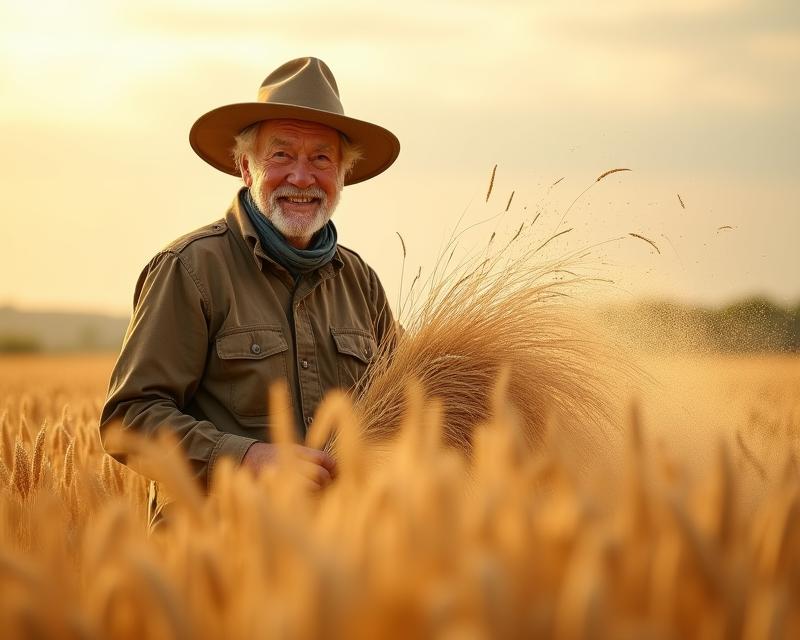Harvest Time: Grain Separations for Small Farms
Publish in Crops el 05/07/2025 20:54
Harvest Time: Grain Separations for Small Farms
Harvest is a rewarding time for any farmer or gardener! Seeing the fruits (or grains!) of your labor is a great feeling. But the work doesn't stop with bringing in the crop. A crucial next step is separating the grain from the chaff – the unwanted husks and plant debris. This process, called threshing and winnowing, is essential for getting a clean, usable harvest.

Understanding Threshing & Winnowing
Threshing is the process of loosening the grain from the heads of the plant. Winnowing is then used to separate the grain from the chaff using the wind. Historically, these were done entirely by hand, but many small-scale farmers utilize simple tools and semi-mechanical methods to make the process more efficient. The goal is to get the grain clean enough for storage and sale.
Manual Threshing Methods
For smaller harvests, manual threshing is a viable option. One common method involves beating the harvested stalks against a hard surface like a wooden floor or a threshing board. This loosens the grain. Then, the grain and chaff are tossed into the air on a windy day. The wind carries away the lighter chaff, leaving the heavier grain to fall back down. This requires patience and a good breeze! Another method is to use a flail – a long handle with a swinging weight at the end – to beat the grain. While labor-intensive, it's a traditional and effective technique.
Semi-Mechanical Options
If you're harvesting a larger quantity, semi-mechanical options can significantly reduce the workload. A simple threshing machine, often powered by a tractor or even a hand crank, can effectively separate the grain. These machines typically use rotating drums or beaters to thresh the grain. After threshing, a winnowing fan, which can be manually powered or powered by a small engine, helps to separate the grain from the remaining chaff. These machines are a good investment for those looking to increase efficiency without a large capital outlay.
Tips for a Clean Harvest
- Timing is key: Winnowing is best done on a dry, breezy day.
- Multiple passes: Sometimes, multiple winnowing passes are needed to achieve a truly clean grain.
- Proper storage: Once winnowed, store the grain in a cool, dry place to prevent spoilage.
Regardless of the method you choose, understanding the principles of threshing and winnowing is crucial for a successful harvest. With a little effort, you can efficiently separate your grain and enjoy the rewards of your hard work!





